Discover 11 hidden attractions, cool sights, and unusual things to do in Namur (Belgium). Don't miss out on these must-see attractions: Citadelle de Namur, St Aubin's Cathedral, and Annevoie Castle. Also, be sure to include Belfry of Namur in your itinerary.
Below, you can find the list of the most amazing places you should visit in Namur (Wallonie).
Table of Contents
Citadelle de Namur
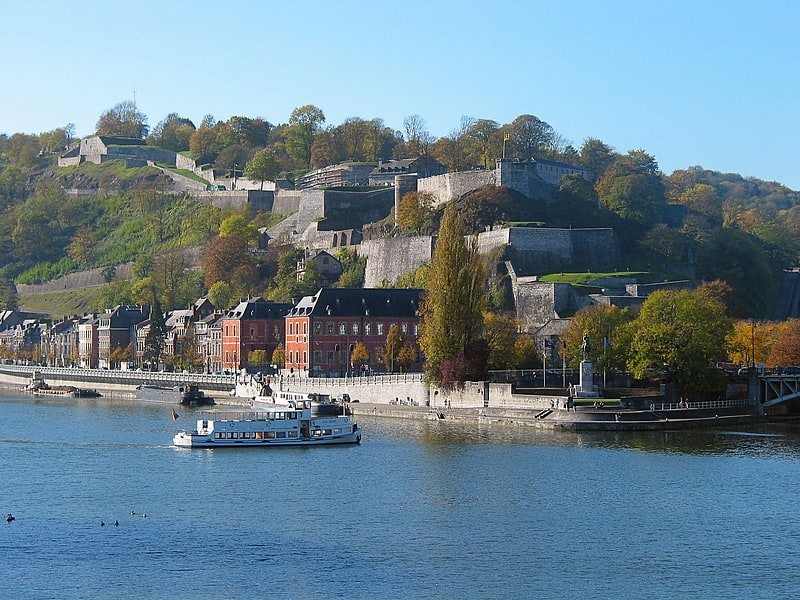
Castle in Namur, Belgium. The Citadel or Castle of Namur is a fortress in the Walloon capital city of Namur, at the confluence of the Sambre and Meuse rivers. It is originally from the Roman era, but has been rebuilt several times. Its current form was designed by Menno van Coehoorn, and improved upon by Vauban after the siege of 1692. It has been classified as a Wallonia Major Heritage site. Its highest point sits at 190m.
The original citadel dates to 937. It achieved its present extent between 1631 and 1675, when the city was under Dutch control. This section was called "Terra Nova" to distinguish it from the smaller Médiane fort built adjacent in 1542 and ensuing years. A variety of subsidiary positions were built in the 18th century. It was disestablished as a military post in 1891, superseded by a new ring of forts around Namur that were calculated to prevent the city from being attacked with artillery. This ring became the Fortified Position of Namur in the 1930s. The Citadel was used as protected space for its command post.
Together with Dinant, Huy and Liège, the Citadel of Namur forms part of the so-called Meuse Citadels.[1]
Address: Route Merveilleuse 64, 5000 Namur
St Aubin's Cathedral
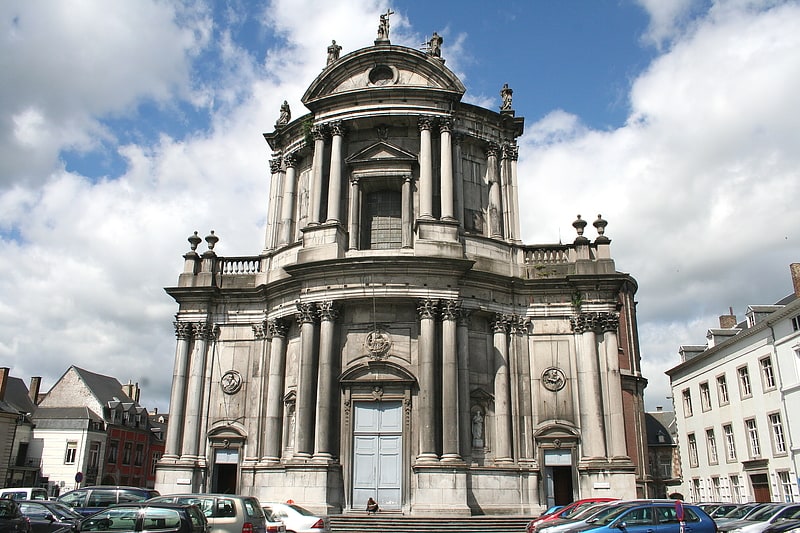
Also known as: Cathédrale Saint-Aubain de Namur
Cathedral in Namur, Belgium. St Aubin's Cathedral, Namur, Wallonia, the only cathedral in Belgium in academic Late Baroque style. It was the only church built in the Low Countries as a cathedral after 1559, when most of the dioceses of the Netherlands were reorganized. It is classified as part of Wallonia's Major Heritage by the Walloon Region.[2]
Address: Place St-Aubain, Namur
Annevoie Castle
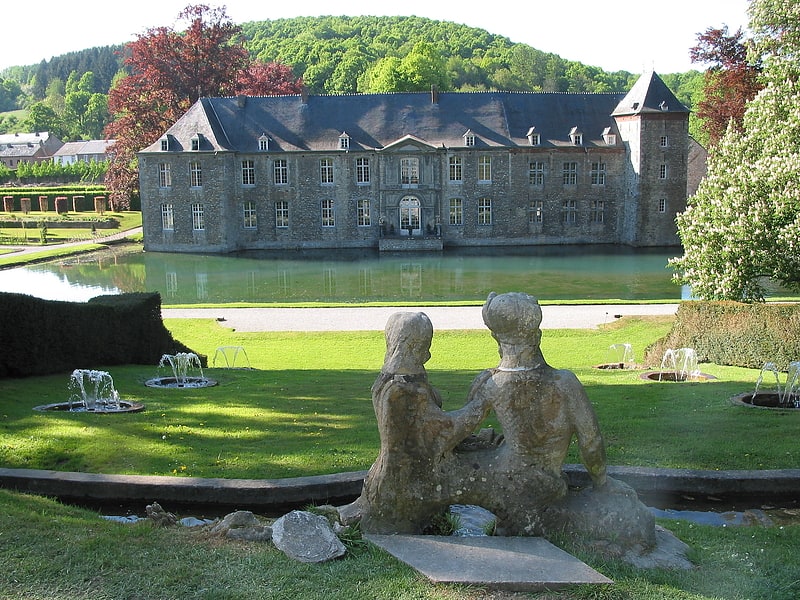
Château in Anhée, Belgium. Annevoie Castle is a château in the village of Annevoie-Rouillon located in Wallonia in the municipality of Anhée, province of Namur, Belgium.
It was built in the 18th century by the Montpellier family, and is principally known for the extensive water gardens that surround it, the Jardins d'Annevoie, the only ones of their kind in Belgium. The design is basically French, but contains numerous English and Italian elements. The water is from the River Rouillon.[3]
Address: Rue des Jardins d'Annevoie 37a, 5537 Annevoie-Rouillon
Belfry of Namur
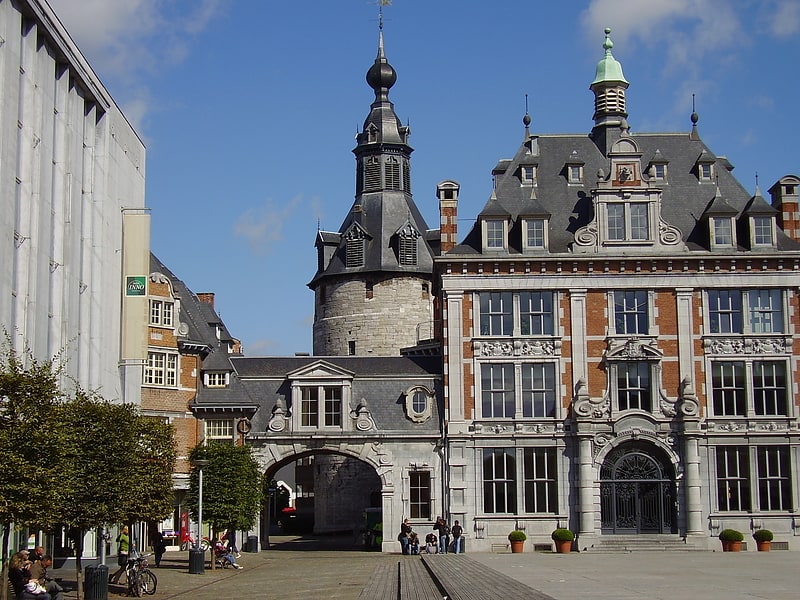
Also known as: Beffroi de Namur
Museum in Namur, Belgium. The belfry of Namur, also called the Tour Saint-Jacques, is an historical building of the city of Namur, Belgium. The tower, constructed in 1388 as part of the city wall, became a belfry in 1746. It is one of the 56 belfries of Belgium and France classified by UNESCO as a World Heritage Site because of their importance as a representation of civic architecture in Europe and their testimony to the rising and influence of the city.[4]
Address: Rue du Beffroi, 5000 Namur
Musée Félicien Rops
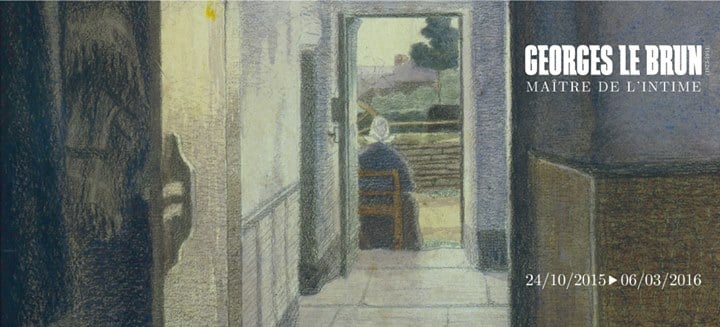
Museum, Specialty museum, Art museum
Address: Rue Fumal 12, 5000 Namur
Meuse Citadels

Also known as: Citadelles mosanes
The Meuse citadels or Mosane citadels are a group of forts situated along the Meuse river in southern Belgian region of Wallonia. The citadels were originally intended to defend the Prince-Bishopric of Liège and County of Namur and were later modernized during the periods of French and Dutch rule. They include four citadels, at Namur, Liège, Huy and Dinant, all of which are partially or totally preserved.[5]
Fort de Malonne
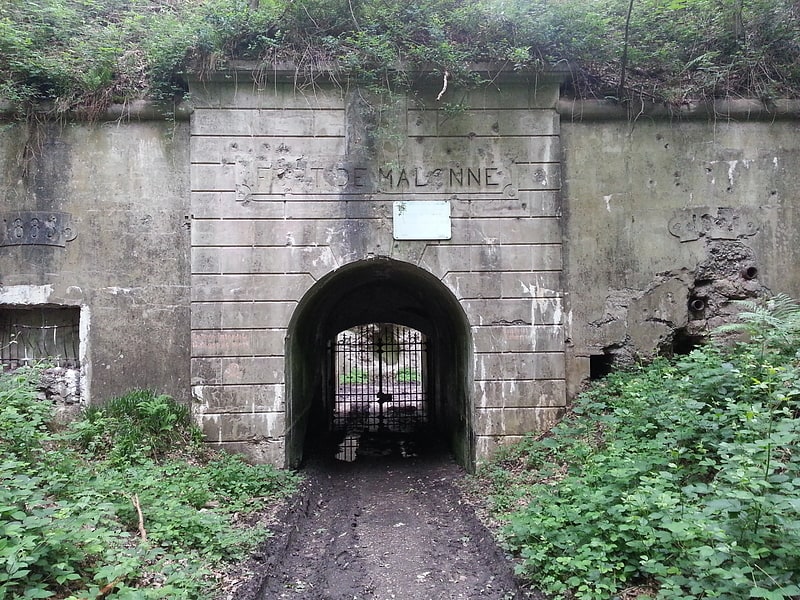
Nature preserve in Namur, Belgium. The Fort de Malonne is one of nine forts built as part of the Fortifications of Namur in the late 19th century in Belgium. It was built between 1888 and 1892 according to the plans of General Henri Alexis Brialmont. Contrasting with the French forts built in the same era by Raymond Adolphe Séré de Rivières, the fort was built exclusively of unreinforced concrete, a new material, rather than masonry. In 1914 the fort was heavily bombarded by German artillery in the Battle of Namur. Malonne was upgraded in the 1930s to become part of the fortified position of Namur in an attempt to forestall or slow an attack from Germany. It saw action in 1940 during the Battle of Belgium, and was captured by German forces. The fort is now part of a nature preserve and is a habitat for bats.[6]
Museum of Old Namurois Art
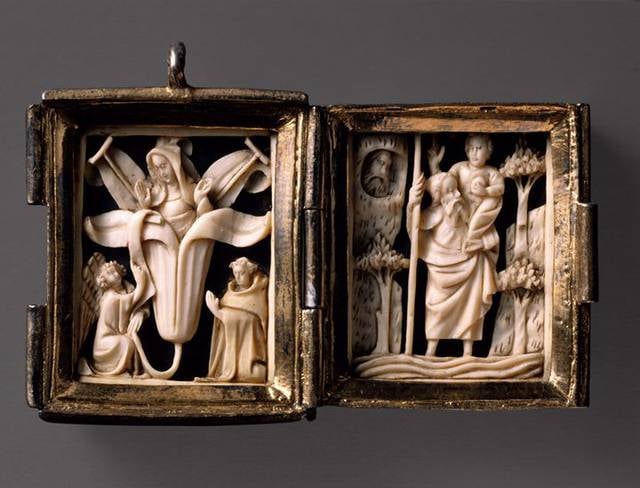
Museum, Art museum
Address: Rue de Fer 24, 5000 Namur
Fort de Suarlée
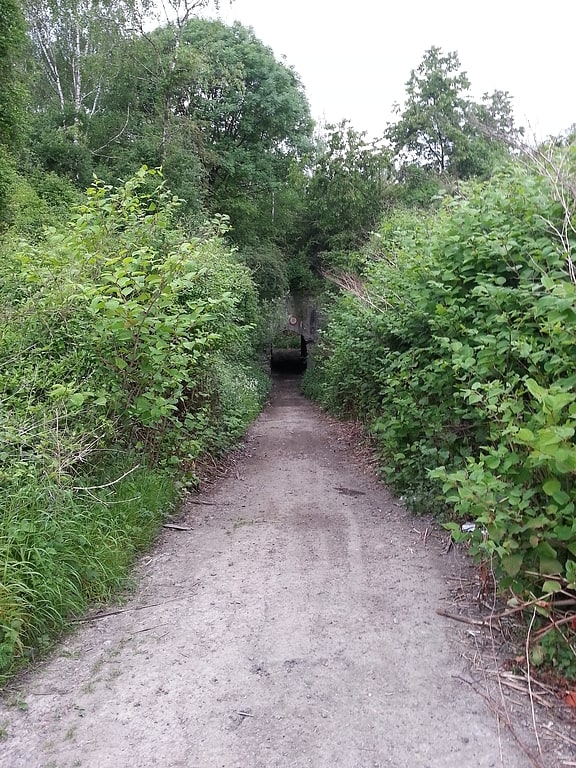
Fortress in Namur, Belgium. The Fort de Suarlée is one of nine forts built as part of the Fortifications of Namur in the late 19th century in Belgium. It was built between 1888 and 1892 according to the plans of General Henri Alexis Brialmont. Contrasting with the French forts built in the same era by Raymond Adolphe Séré de Rivières, the fort was built exclusively of unreinforced concrete, a new material, rather than masonry. In 1914 the fort was heavily bombarded by German artillery in the Battle of Namur. Suarlée was upgraded in the 1930s to become part of the fortified position of Namur in an attempt to forestall or slow an attack from Germany. It saw action in 1940 during the Battle of Belgium, and was captured by German forces. The fort is now abandoned on private property.[7]
Fort de Saint-Héribert
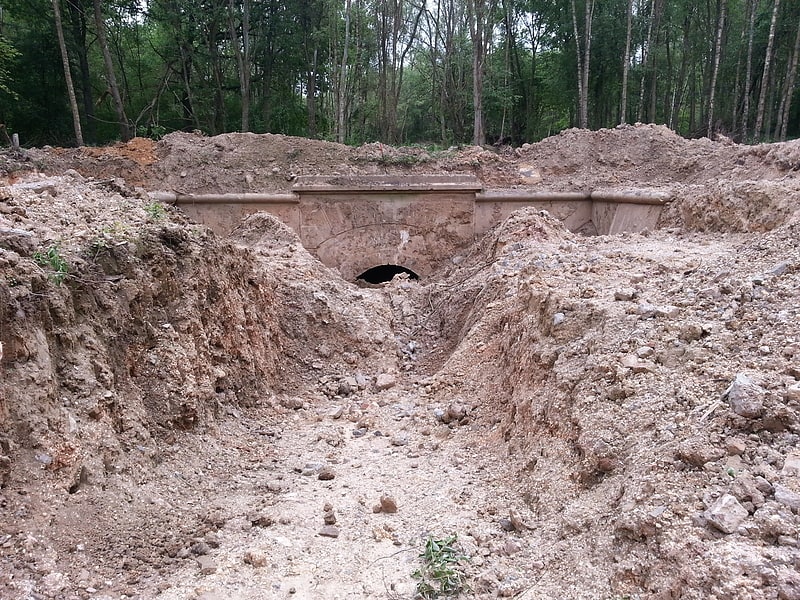
Museum in Namur, Belgium. The Fort de St-Héribert or the Fort de Wépion is one of nine forts built as part of the Fortifications of Namur in the late 19th century in Belgium. It was built between 1888 and 1892 according to the plans of General Henri Alexis Brialmont. Contrasting with the French forts built in the same era by Raymond Adolphe Séré de Rivières, the fort was built exclusively of unreinforced concrete, a new material, rather than masonry. In 1914 the fort was heavily bombarded by German artillery in the Battle of Namur. Maizeret was upgraded in the 1930s to become part of the fortified position of Namur in an attempt to forestall or slow an attack from Germany. It saw action in 1940 during the Battle of Belgium, and was captured by German forces. The fort now belongs to the private Fondation Emile Legros. The foundation has already unearthed the main entrance and other areas.[8]
Fort de Dave
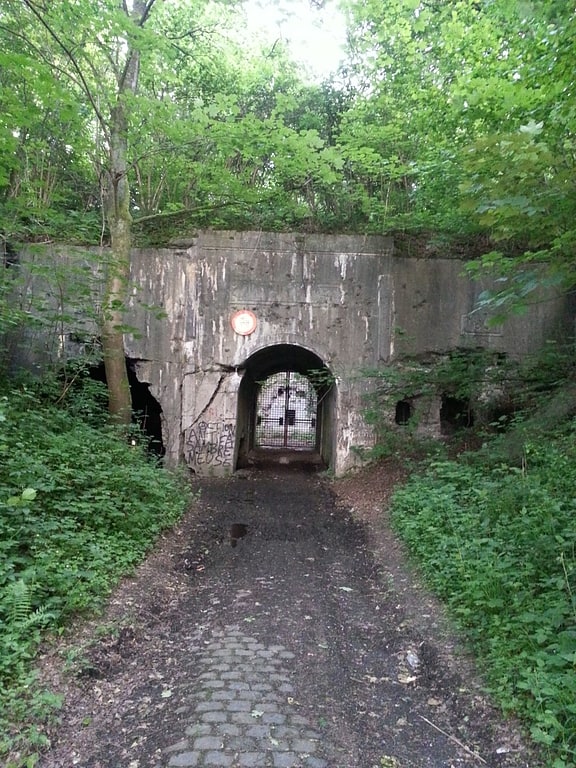
Fortress in Namur, Belgium. The Fort de Dave is one of nine forts built as part of the Fortifications of Namur in the late 19th century in Belgium. It was built between 1888 and 1892 according to the plans of General Henri Alexis Brialmont. Contrasting with the French forts built in the same era by Raymond Adolphe Séré de Rivières, the fort was built exclusively of unreinforced concrete, a new material, rather than masonry. In 1914 the fort was heavily bombarded by German artillery in the Battle of Namur. Dave was upgraded in the 1930s to become part of the fortified position of Namur in an attempt to forestall or slow an attack from Germany. It saw action in 1940 during the Battle of Belgium, and was captured by German forces. The fort is now abandoned on state property.[9]